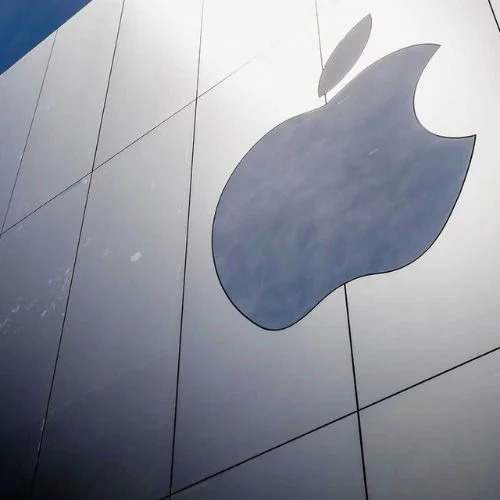Sony reported a 29% drop in operating profit for the second quarter due to a slump in its image sensor business. Sony blamed the sharp drop in profits on a slump in its image sensor business and lower profits in its financial services, entertainment, technology, and services divisions. In its financial results announcement, the company said it expects PlayStation 5 console shipments to reach its goal of 25 million units in 2023.
Sony on Thursday reported a 29% drop in second-quarter operating profit as the Japanese electronics giant suffered from a downturn in its image sensor, or chip, business.
Here’s how Sony’s September quarter performance compared to LSEG’s consensus estimates:
Revenue: 2.8 trillion yen ($18.5 billion) compared to the expected 2.87 trillion yen. This represents an 8% increase over the previous year. Operating income: 263 billion yen compared to the forecast of 304.4 billion yen. This represents a 29% year-on-year decrease. Sony attributed the sharp decline in profits to a slump in its image sensor business, as well as declines in its financial services, entertainment, technology, and services businesses.
The company announced that its chip division’s profits fell more than 28% in the second quarter. Sony supplies camera chips to entertainment technology makers like Apple, and its semiconductors are used in the iPhone.
Sales forecast revised upward
Despite the decline in profits, the company raised its full-year sales forecast and said it now expects total sales to reach 12.4 trillion yen (previously forecast was 12.2 trillion yen), benefiting from positive exchange rates.
It has depreciated significantly against the dollar, and Sony makes most of its revenue outside the United States.
Sony also attributed the improved revenue forecast to the best-expected performance in its video games, music, imaging, and sensor solutions businesses.
Sony expects its games and network services business, which is responsible for the popular PlayStation console, game studios, and game networks, to post higher-than-expected full-year revenue and lead to improved results.
The company had a strong start with its newly released PS5-exclusive game Marvel‘s Spider-Man 2. The game sold over 2.5 million copies in its first 24 hours, making it the fastest-selling PlayStation Studio game in history in 24 hours.
Sony announced that it sold 4.9 million PlayStation 5 units in the second fiscal quarter, up from 3.3 million units in the first quarter.
PS5 is expected to sell 25 million units
In its financial results announcement, the company said it expects PlayStation 5 console shipments to reach its goal of 25 million units in 2023. This marks an important milestone as analysts and investors closely monitor signs of Sony’s PS5 performance.
Sony’s results came after Nintendo on Tuesday reported better-than-expected fiscal second-quarter sales and profits earlier this week, with the company benefiting from the “Super Mario Bros.” series. ing. movie,” and the long-awaited game “The Legend of Zelda: Tears of the Kingdom” is scheduled to be released in May.
Sony’s Eric Lempel said in an interview that the company suffered from shortages due to supply chain shortages in 2020 and 2021, but this year is the first time the PS5 will be in “full inventory.”
“We launched [PS5] in 2020,” Rempel told CNBC. “We were suffering from the same supply chain issues that everyone else was struggling with. Unfortunately, we were unable to get the PS5 to the consumers who wanted it.”
Thursday’s results follow a fiscal first quarter in which Sony reported revenue of 3 trillion yen, up 33% year-on-year, but profit of 253 billion yen, down 31% year-on-year. At the time, the company cited weakness in its financial services and video divisions, which had suffered some downturns due to strikes by the Writers Guild of America and other unions protesting the use of artificial intelligence in film scriptwriting.
Sony expects the strike to have an impact on next year, but said the company is taking cost control measures to keep costs to a minimum.















